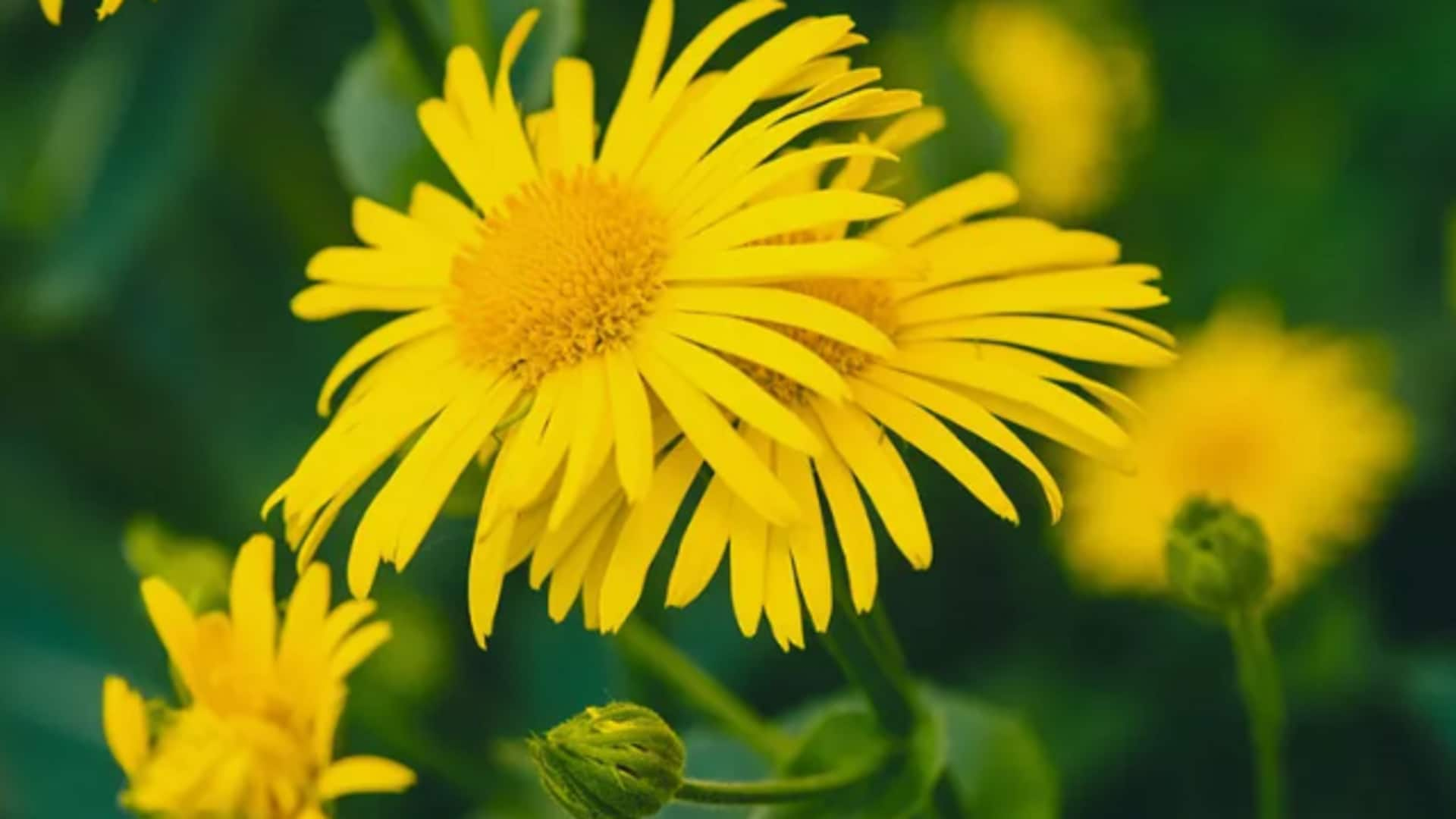
Tips to cultivate arnica at home—it's easy!
What's the story
Arnica, a medicinal mountain herb, thrives when conditions mimic its native alpine habitats.
This article aims to equip gardeners with essential knowledge on how to cultivate arnica at home.
By understanding the basic needs of this plant, you can enjoy the benefits of this potent herb in your own garden.
Knowing these essentials is vital for anyone looking to successfully incorporate arnica into their gardening endeavors.
Location
Selecting the right location
Arnica needs a spot with full sun to partial shade.
Basically, it should receive a minimum of six hours of sun each day.
Since it's used to cooler mountain climates, if you reside in a hotter region, it's beneficial to select a location that offers afternoon shade, which will shield it from the intense heat.
Soil
Ensuring proper soil conditions
This herb likes well-drained soil with a slightly acidic pH between 5.5 and 6.5.
If your garden soil is heavy or clayey, you should add some sand or organic matter to it to improve its drainage.
Arnica cannot tolerate waterlogged conditions, so good drainage is key to preventing root rot.
Watering
Watering wisely
Although arnica plants are somewhat drought-tolerant once established, they require regular watering during their first growing season to establish a robust root system.
Strive for approximately one inch of water weekly, either through rainfall or supplemental watering.
Prevent overhead watering to limit leaf wetness and decrease the potential for fungal diseases.
Fertilizer
Fertilizing sparingly
Arnica plants are not heavy feeders and are accustomed to the nutrient-poor soils of their native mountain habitats.
Over-fertilizing them can result in unwanted leafy growth at the expense of blooms.
To prevent this, a light application of a balanced organic fertilizer can be used in early spring, but avoid high-nitrogen formulas.
This helps to focus the plant's energy on blooming rather than just leaf production.
Pests/diseases
Managing pests and diseases
Thankfully, arnica is fairly resistant to pests and diseases when cultivated in ideal conditions.
That said, poor air circulation and excessively damp soil can invite fungal problems like powdery mildew.
Make sure to space your plants far enough apart to allow air to circulate around them, and keep the area around your plants clean to deter pests.